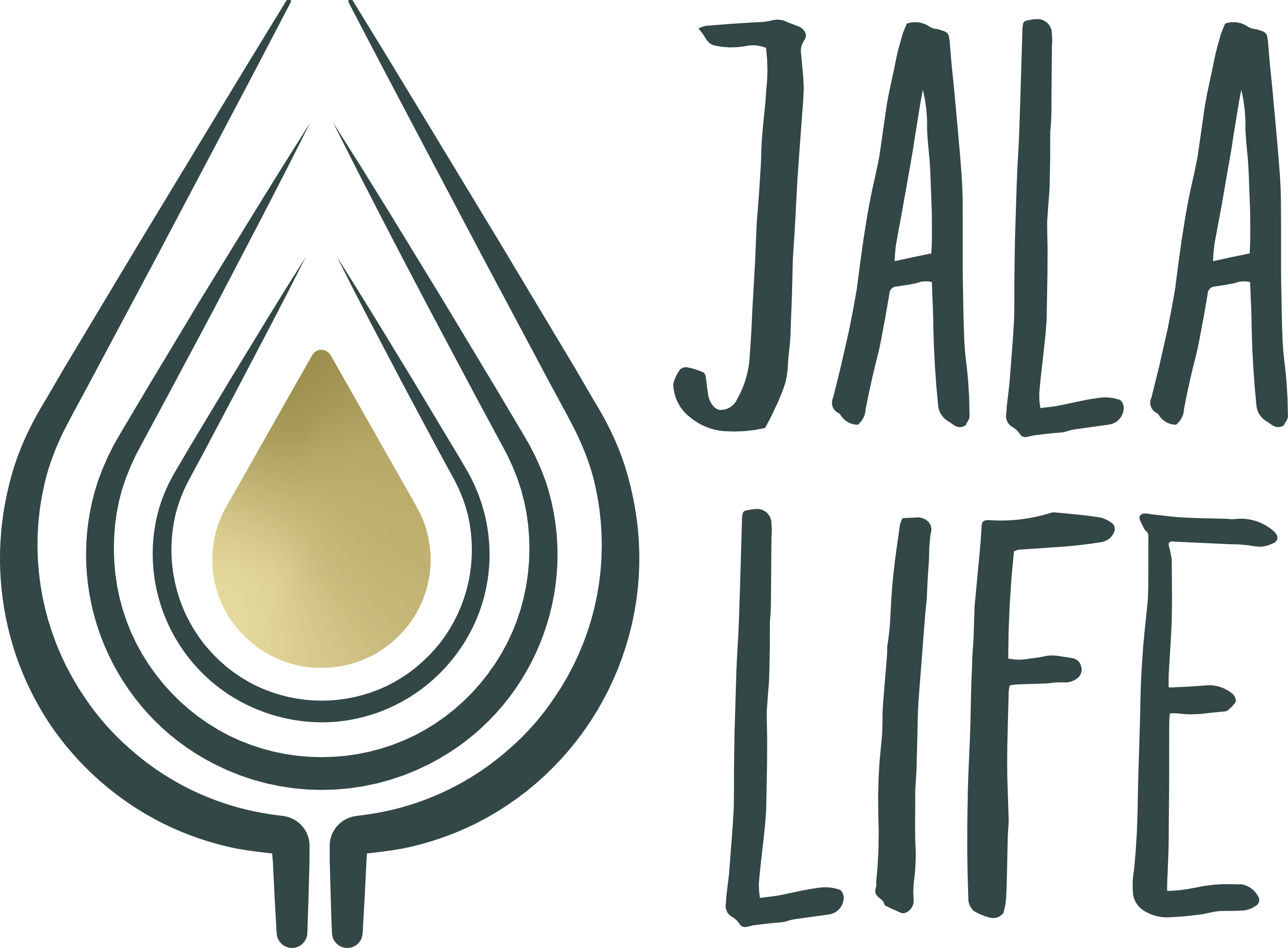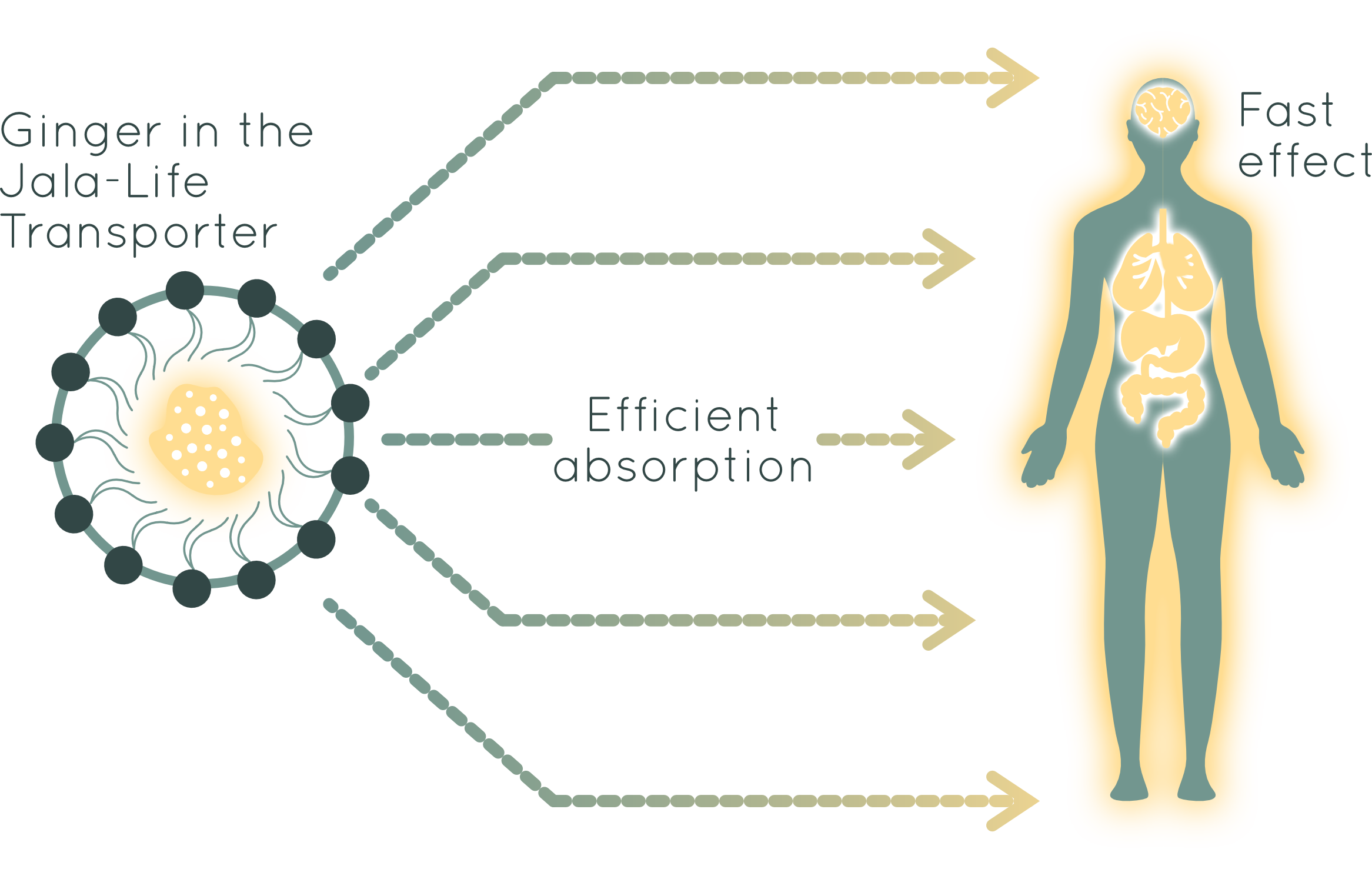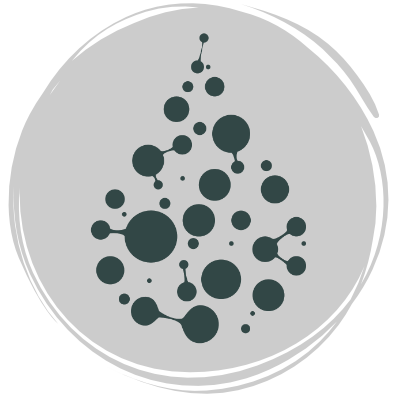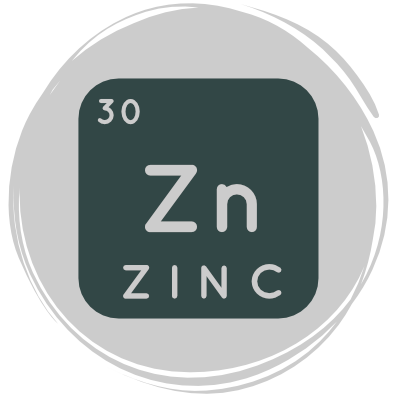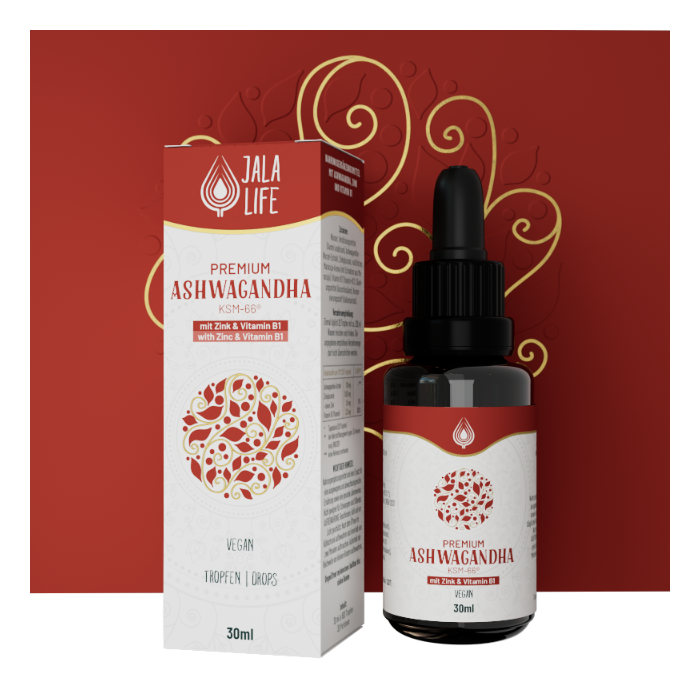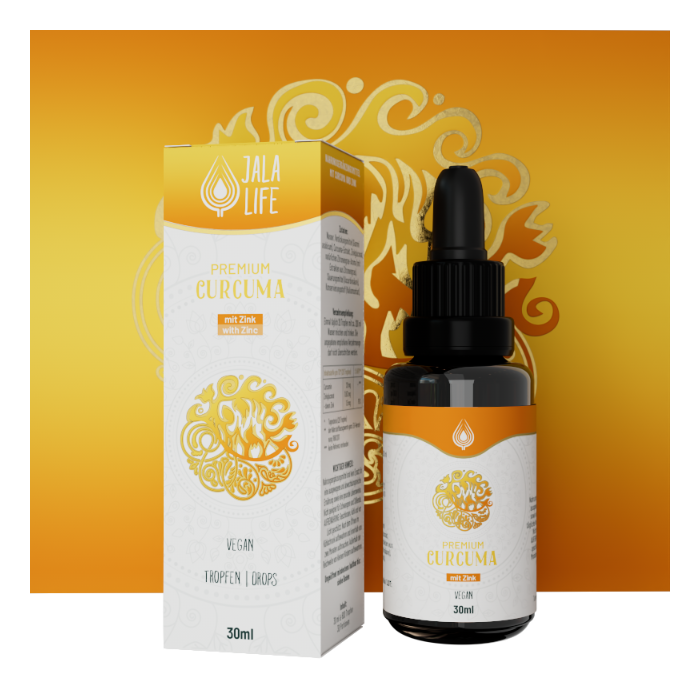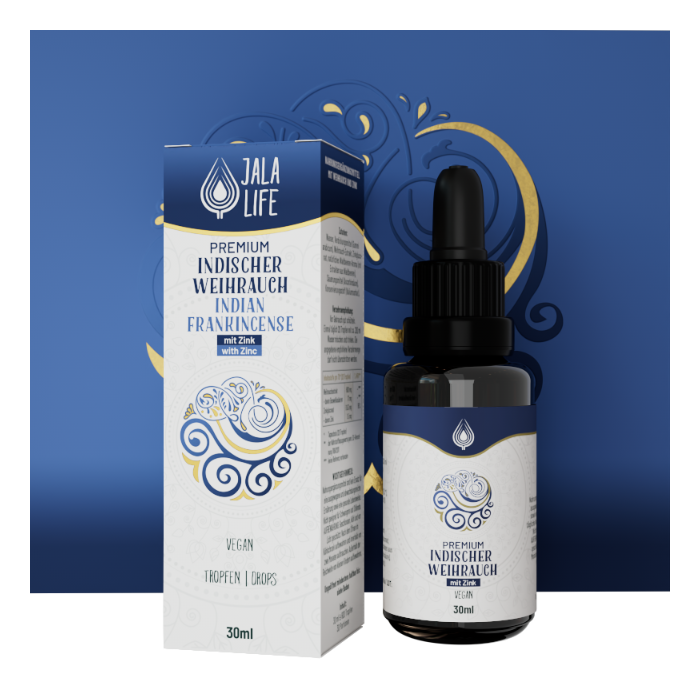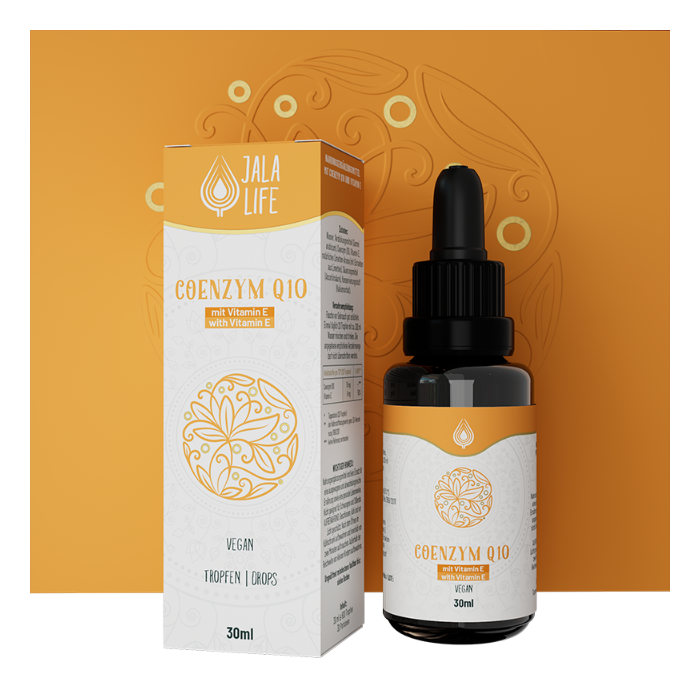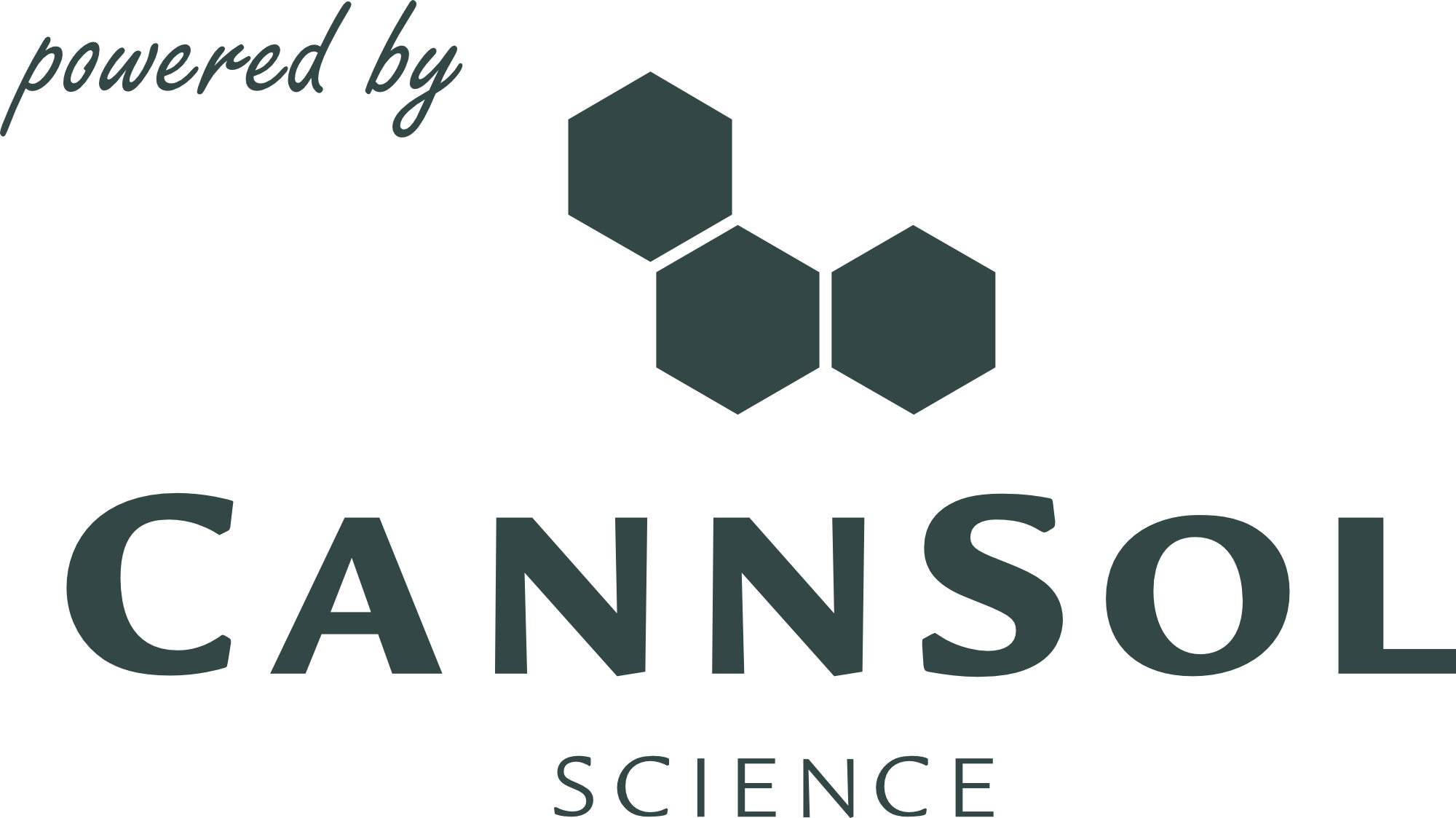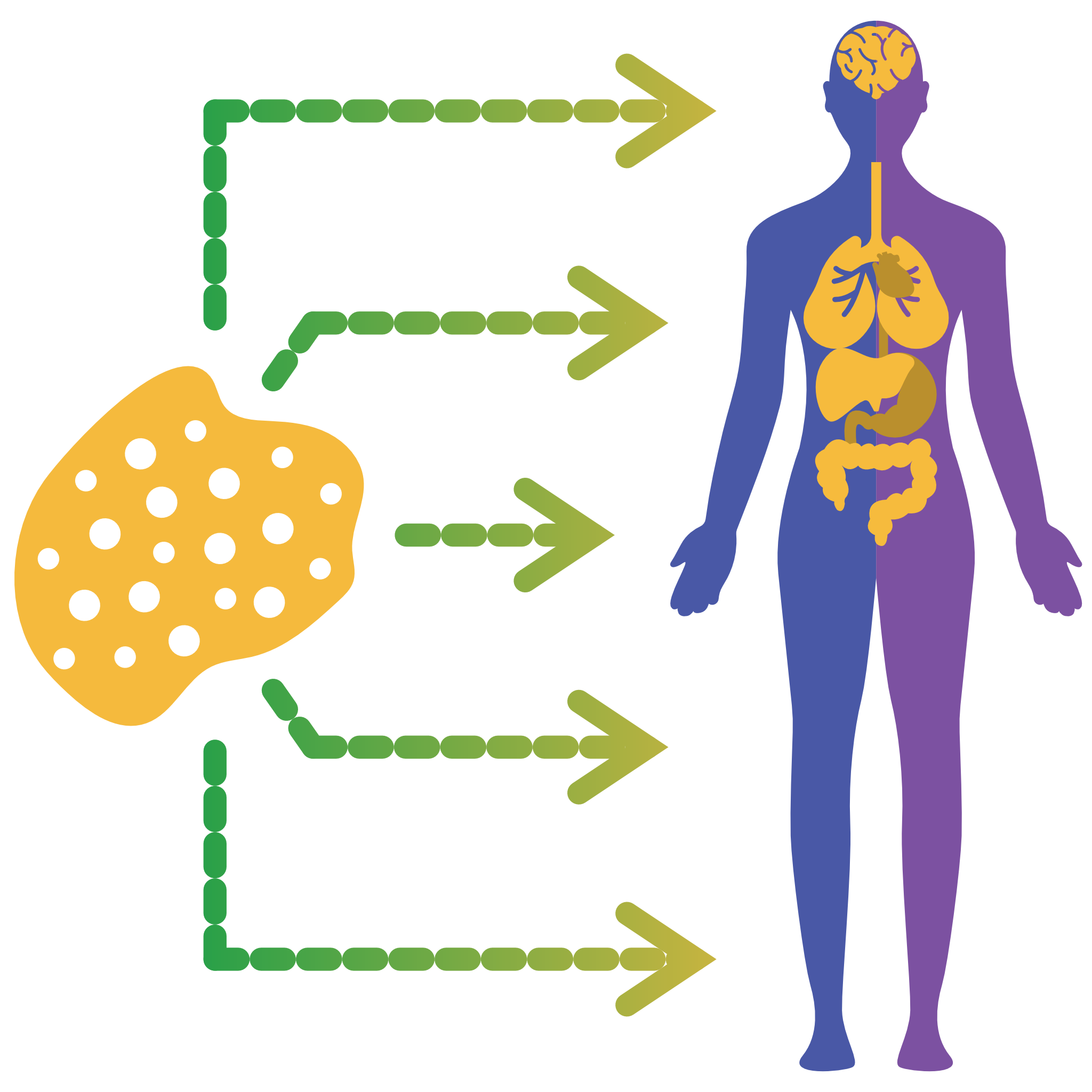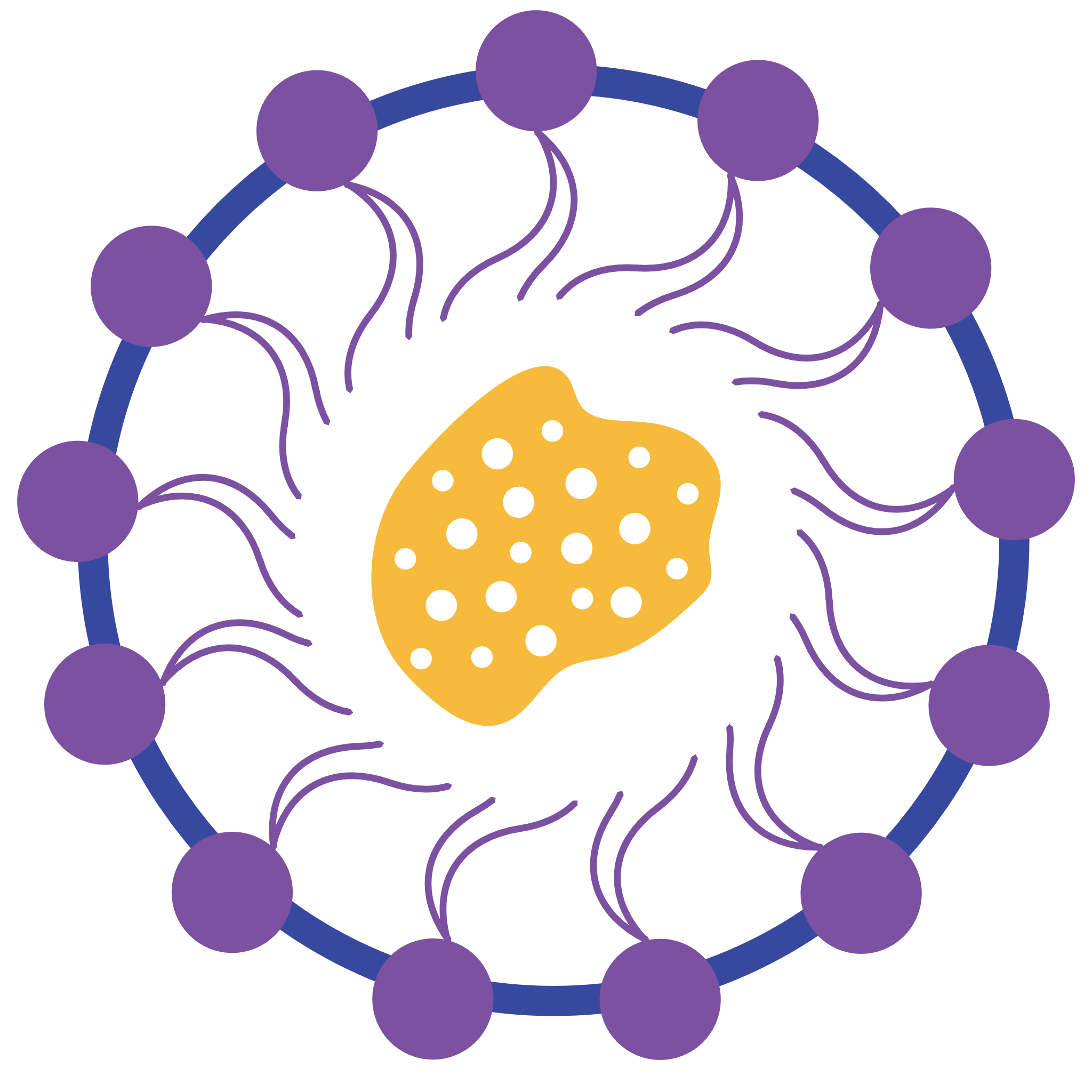Ginger (Zingiber officinale) is a plant within the ginger family that forms rhizomes growing underground. These rhizomes allow the plant to store nutrients and overwinter in the soil. Therefore, it is not surprising that the rhizome contains a lot of nutrients and secondary plant compounds. Ginger originated in South Asia and has been used in traditional Chinese medicine and Ayurvedic healing for over 2,500 years. The rhizome contains a whole range of substances, which in their entirety are responsible not only for the pungent ginger taste, but also for the therapeutic potential of ginger. These are the phenolic compounds gingerol, shogaol, paradol and zingiberene. In Ayurveda, a basic distinction is made between dried ginger (“shunthi”) and fresh ginger (“ardraka”), as the composition of active ingredients can differ greatly. Gingerols are converted into shogaols by heat and aging, while paradols are formed from shogaols by hydrogenation.
Traditionally, the rhizome of the plant is used, among other things, to relieve arthritis, muscle pain, sore throat, nausea, indigestion and to reduce fever. Also, in modern medicine, ginger is valued as an effective remedy for flatulence and as a stimulant for the gastrointestinal tract, since the active ingredients from the ginger rhizome can promote the motility of the digestive system.
In recent years, a great deal of studies have been published using ginger extracts or isolated active compounds from the ginger rhizome. Many of these studies show that ginger can indeed have positive effects on the human body. For example, studies have shown that ginger can have a positive effect on the immune system, blood sugar levels and blood lipid levels. In addition, ginger seems to have anti-inflammatory properties, can relieve the symptoms of migraines, reduce nausea and weaken menstrual pain.

